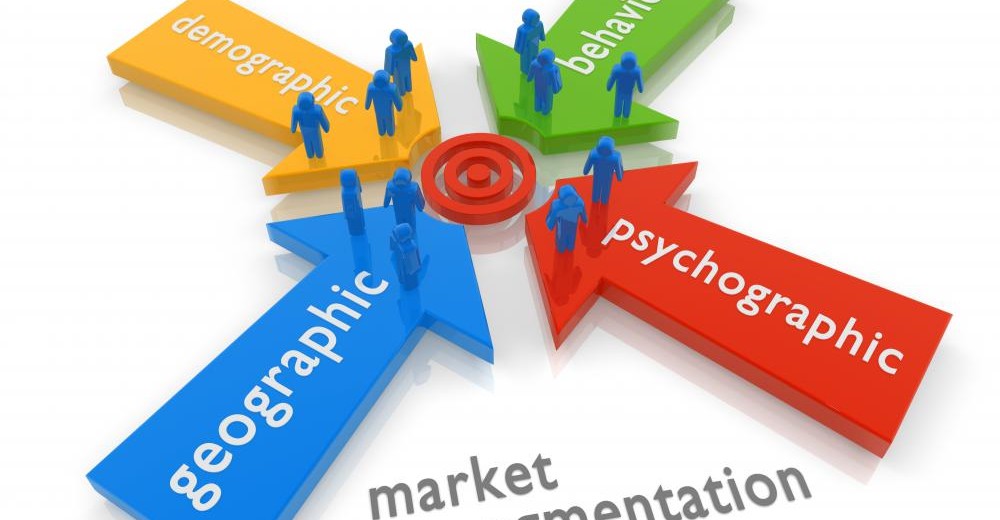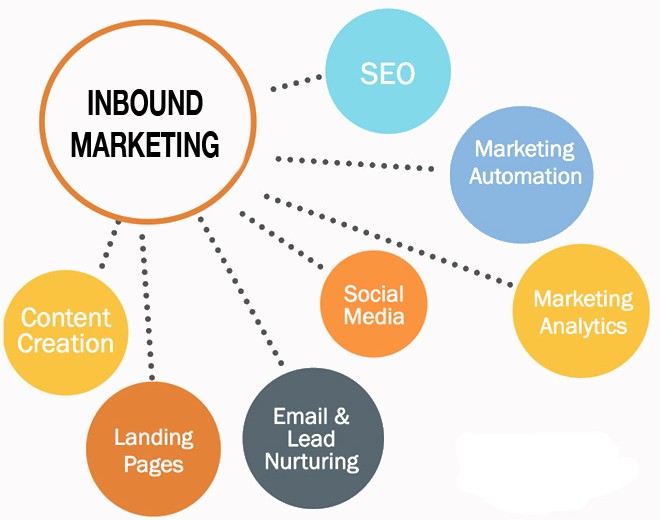Ever since the invention of the Internet changed society as a whole, businesses have rushed to incorporate the new conveniences of the digital age into their workflow. One area that has benefitted from the Internet’s influence is marketing. Here are three ways your business can use the Internet to reach potential customers.
Social media marketing
Social media has exerted a strong influence on the world from the moment Facebook, Twitter, and Instagram have become public companies. Since these websites are designed for connection and interaction, social media gives companies the opportunity to create interactive marketing campaigns to promote engagement among their current and potential customers.
Email marketing
Email marketing involves creating a contact list of potential customers from multiple sources on the Internet. Using services such as Mailchimp, you can send advertisements to large volumes of people with interests pertinent to your products and services. The key is consistently engaging your audience without causing them to block your messages. Javier Loya, CEO of OTC Global Holdings, advised, “Based on my experiences with email marketing at OTC Global Holdings and elsewhere, you can also use social media to drive signups for your email list. Share your signup form wherever you can sense potential customers.”
Search engine marketing
Search engines have become a tool used universally by anyone with access to the Internet. Since many people will be searching for terms related to your product, buying ads through Google Ads or other search engine services can be an effective form of marketing for the digital age. Google Ads uses an auction format to determine which company’s ads get shown, and companies make payments based on the number of clicks their ads get.



